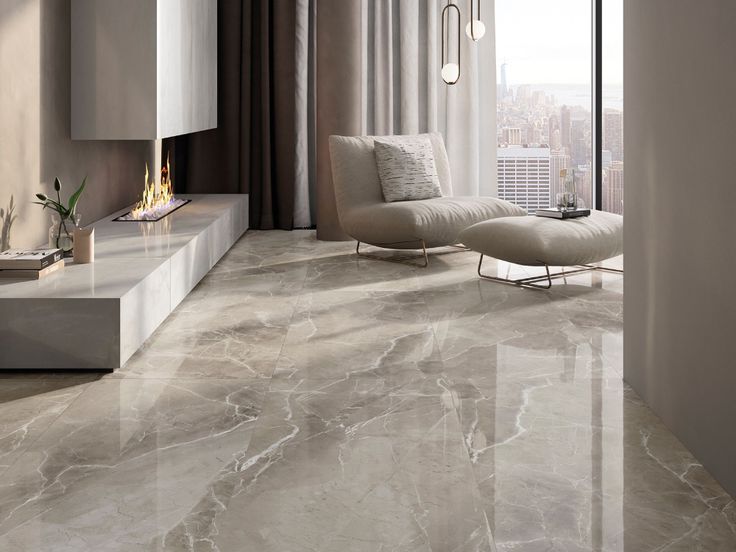When it comes to tiling your home, the choices can be overwhelming. You might be tempted by flashy sales pitches or cheap deals, but if you’re not careful, you could end up with low-quality tiles that don’t last. In this blog, we’ll guide you through the essential points to keep in mind when buying tiles to ensure you get the best quality for your budget and avoid being scammed.
1. Brand vs Non-Brand Tiles: Which Is Better?
One of the most significant decisions you’ll make is whether to choose branded or non-branded tiles. Both have their pros and cons:
- Non-branded tiles are generally cheaper, often starting at ₹40-45 per square foot. They come in a vast variety of designs, sometimes with hundreds of options. However, they may not always match the strength and consistency of branded tiles. Non-branded tiles tend to last around 15-17 years, while branded tiles can last 20 years or more.
- Branded tiles, though more expensive (starting from ₹65 per square foot), offer more consistency and durability. They tend to be more uniform in shape and color, which might make installation easier. Additionally, if you need to purchase more tiles later, there’s a better chance of getting the same design from the same batch.
If you’re on a budget but still want quality, non-branded tiles could be the right choice. Just be sure to inspect their quality thoroughly before purchase.
2. Design Consistency Is Key
One of the challenges with non-branded tiles is that you may not find the same design in different stores or locations. So, if you’re planning to buy tiles for a large space or multiple rooms in different cities, it’s safer to go with a branded option for uniformity.
To avoid the hassle of mismatched designs, always check the batch number before you buy. When you visit a store, ask for the tiles that are currently available in the warehouse to avoid the risk of receiving tiles from a different production batch.
3. Inspect the Quality Before Buying
When shopping for tiles, it’s important to look at a few different tiles side by side to judge their quality. Often, one tile may appear perfect on its own, but once you see several of them together, their imperfections will become more apparent. This is especially important when buying tiles for flooring.
Ensure you examine how the tiles fit together. For instance, check how the edges align when you lay them side by side. This is an essential step to avoid issues during installation.
4. Buy Extra Tiles
A general rule of thumb when purchasing tiles is to buy at least 10% more than you need. Tiles are fragile, and they can break during installation. Additionally, you may need to cut them to fit around edges, resulting in waste. So, if you’re calculating the total area you need to cover, order extra tiles to account for these factors.
It’s also worth noting that tile designs can change over time, and if you run out of tiles, you might not be able to get the same batch again. Buying extra ensures you’re covered in case of future repairs or replacements.
5. Check the Lighting Conditions
Tiles can appear different under different lighting. When you’re inspecting tiles at a store, make sure to view them under proper lighting conditions. Tiles with glossy finishes, in particular, can change color based on the light source. What looks great under one light might look dull or even completely different under another, so be sure to check them in the store under all lighting settings.
6. Negotiate for the Best Price
There’s always room for negotiation, even on tiles. Don’t settle for the first price you’re quoted. Bargain with the store owners to get the best possible deal. Many storeowners expect customers to negotiate and might offer a discount, especially if you’re buying in bulk.
7. Finalise Your Design First
Before visiting the store, ensure you have finalised your tile design, color, and pattern. This will help you stay focused and avoid getting distracted by too many options. If you’re unsure, it’s a good idea to watch a video or read blogs on tile selection, which can help you make an informed decision.
Conclusion
Buying tiles can be a tricky process, but with these practical tips, you can avoid scams and make the right choice for your home. Whether you choose branded or non-branded tiles, the key is to thoroughly inspect them, purchase extra to avoid shortages, and ensure consistency in design. By following these steps, you can get the best deal and the best tiles for your home.

